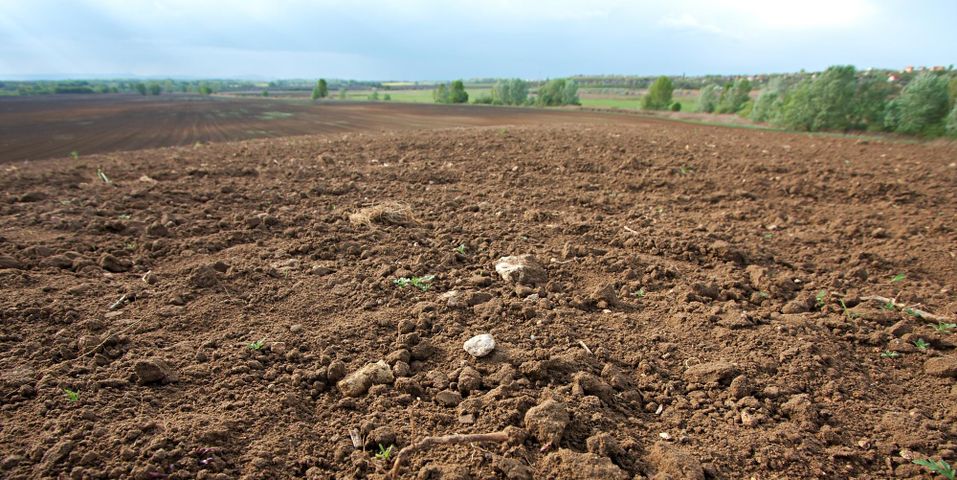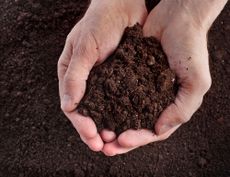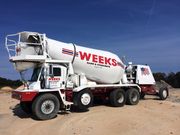
Whether you know it or not, you come in contact with the dirt every day, whether directly, or just by living in the house it supports. But what is soil made up of, and what does each of its contents do? To dig a bit deeper and learn more about the earth under your feet, consider the following guide to the three soil entities: sand, silt, and clay.
The 3 Main Components of Dirt
1. Sand
Compared to the other entities, sand has the most resilience, which is why it affords dirt a sense of structure and sturdiness. The particles don’t pack against one another and compress, so they allow space for air and other dirt entities to filter through. Depending on where you live, the sand in your soil may range from coarse to fine, with larger grains offering the most stability.
2. Silt
 As the second largest particle among the three, silt unifies sand and clay and creates a cohesiveness among the soil. This dirt component made from quartz and feldspar is easily carried by running water, which means it can affect the texture of the soil. When wet, it can make dirt feel greasy—when dry, silt becomes unmistakably dusty.
As the second largest particle among the three, silt unifies sand and clay and creates a cohesiveness among the soil. This dirt component made from quartz and feldspar is easily carried by running water, which means it can affect the texture of the soil. When wet, it can make dirt feel greasy—when dry, silt becomes unmistakably dusty.
3. Clay
As the smallest particle among the three, clay can seem like a paste when packed and wet. It’s excellent at retaining water, and it also has a reddish hue, which makes clay-rich soils easy to spot. The ratio of clay compared to silt can vary depending on what the soil mixture should be used for. For example, a baseball field requires a silt-to-clay ratio of three to two parts, but planting in soil with this much clay would stifle growth.
Whether you’re interested in learning more about sand, soil, and clay, or want to purchase some for a project, turn to Weeks Sand & Concrete of Cameron, NC, for unparalleled guidance. They have been serving area customers since 1984, and they will gladly recommend the right aggregate for your needs. For more information about their selection, visit the website or call (919) 499-4272 today.
About the Business
Have a question? Ask the experts!
Send your question

